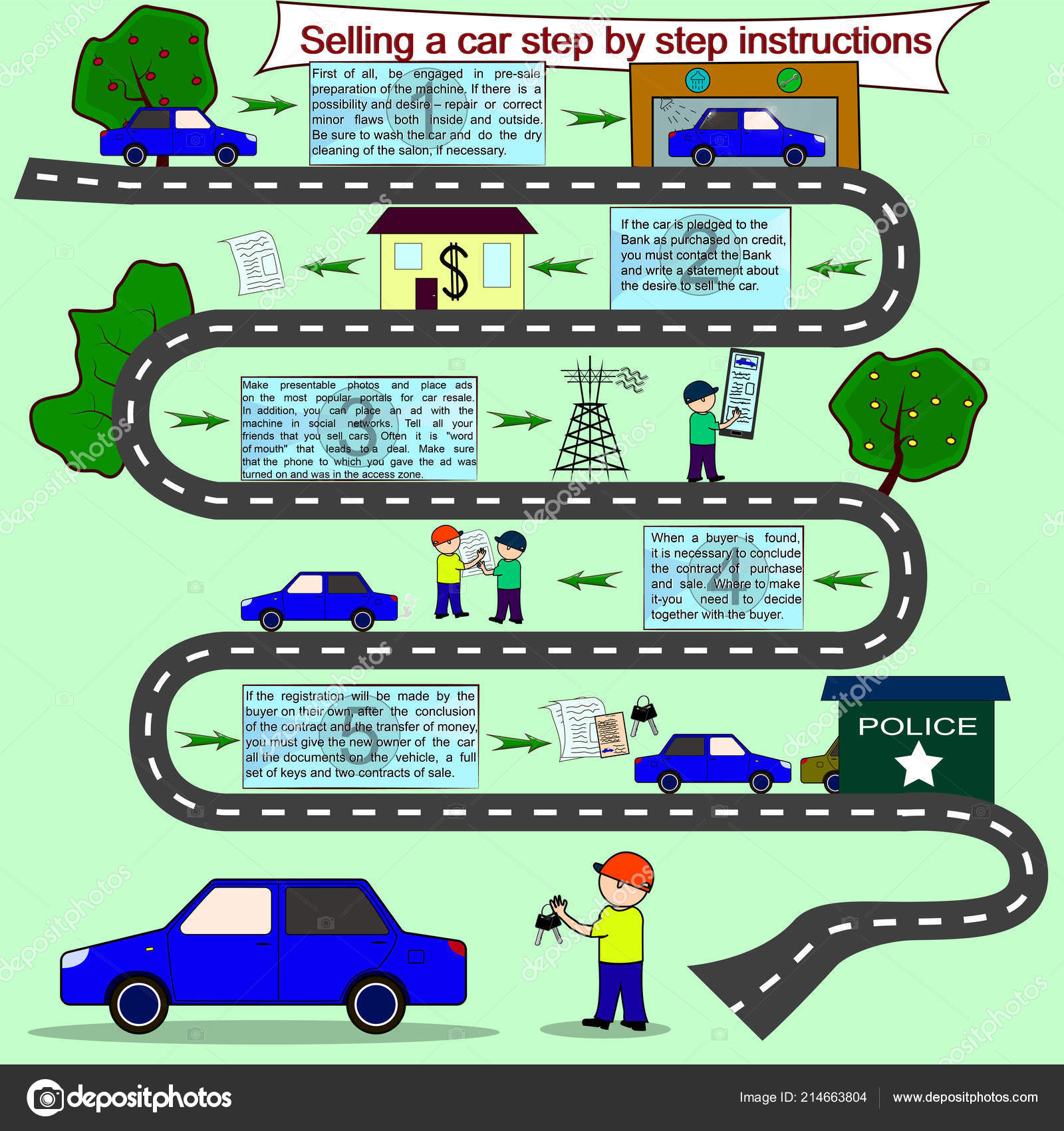Analyzing Your Cars And Truck'S Warning Indicators: What They Really Share
Analyzing Your Cars And Truck'S Warning Indicators: What They Really Share
Blog Article
Writer-Samuelsen Alvarado
When you're behind the wheel, those beautiful warning lights on your dashboard can be a little bit complicated. Do you understand what they're trying to inform you regarding your auto's wellness? Comprehending the significance of these lights is vital for your security and the durability of your vehicle. So, the following time one of those lights turns up, wouldn't you wish to decode its message precisely and take the required steps to resolve it?
Common Warning Lights and Interpretations
Identify common caution lights in your vehicle and comprehend their significances to guarantee risk-free driving.
The most typical caution lights include the check engine light, which indicates problems with the engine or exhausts system. If this light begins, it's critical to have your automobile checked immediately.
The oil pressure cautioning light suggests reduced oil pressure, needing immediate focus to stop engine damages.
https://ecutunecost84940.wizzardsblog.com/29944660/polish-your-car-describing-skills-with-seasonal-understandings-to-maintain-your-vehicle-looking-immaculate-and-secure-check-out-just-how-to-take-care-of-the-unique-challenges-that-include-each-period blinking battery light could suggest a faulty charging system, potentially leaving you stranded otherwise dealt with.
The tire stress surveillance system (TPMS) light informs you to low tire stress, influencing lorry security and gas performance. Overlooking auto and marine detailing nz | car wash auckland can lead to risky driving problems.
The abdominal muscle light suggests a trouble with the anti-lock stopping system, endangering your capability to stop rapidly in emergency situations.
Lastly, the coolant temperature cautioning light warns of engine overheating, which can cause serious damage otherwise dealt with promptly.
Understanding these typical warning lights will certainly help you deal with problems without delay and preserve risk-free driving conditions.
Value of Prompt Interest
Comprehending the common caution lights in your car is only the first step; the importance of without delay addressing these cautions can not be highlighted enough to ensure your safety and security when traveling.
When a caution light brightens on your control panel, it's your vehicle's means of connecting a potential problem that requires interest. Overlooking these warnings can result in more extreme issues in the future, compromising your security and possibly costing you much more in repairs.
Prompt interest to cautioning lights can stop malfunctions and mishaps. For instance, a flashing check engine light could suggest a misfire that, if left unattended, might trigger damage to the catalytic converter. Addressing this promptly can conserve you from an expensive repair.
Likewise, a brake system advising light could signify low brake fluid or worn brake pads, critical parts for your safety and security when driving.
Do It Yourself Troubleshooting Tips
If you see a caution light on your dashboard, there are a couple of do it yourself fixing pointers you can try before looking for professional help.
The initial step is to consult your auto's guidebook to comprehend what the details warning light shows. Occasionally the problem can be as straightforward as a loosened gas cap setting off the check engine light. Tightening click over here might settle the issue.
An additional common issue is a low battery, which can set off numerous cautioning lights. Inspecting the battery links for corrosion and ensuring they're protected might fix the trouble.
If a warning light persists, you can try resetting it by detaching the automobile's battery for a couple of minutes and then reconnecting it. Furthermore, checking your car's fluid degrees, such as oil, coolant, and brake liquid, can assist fix warning lights related to these systems.
check out this site
In conclusion, understanding your cars and truck's caution lights is vital for maintaining your vehicle running smoothly and securely. By quickly addressing these notifies and understanding what they imply, you can stay clear of expensive repair services and prospective malfunctions.
Bear in mind to consult your car's manual for specific details on each alerting light and do something about it appropriately to make sure a trouble-free driving experience.
Stay informed, remain safe when driving!
